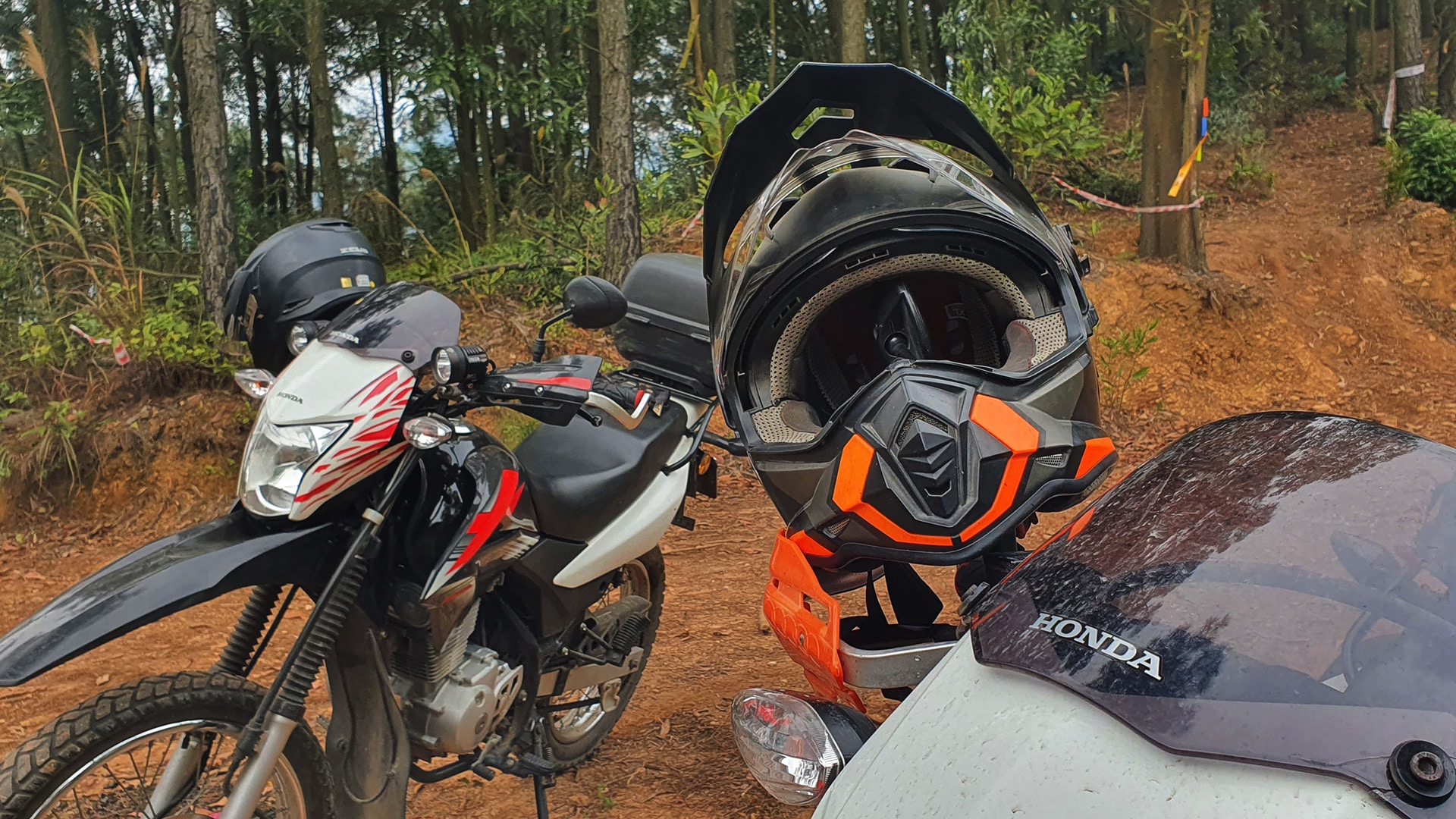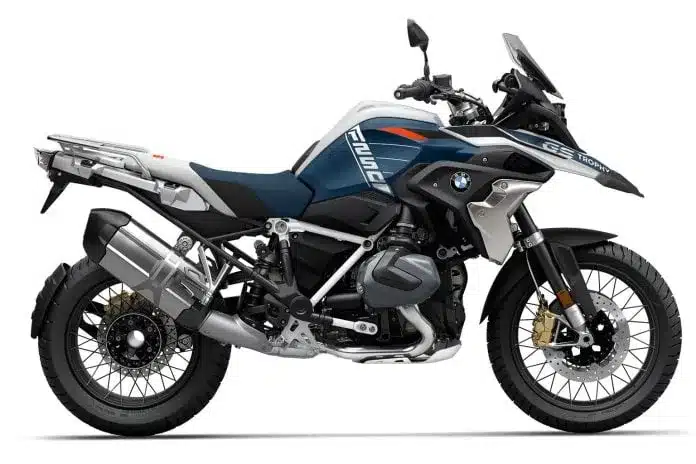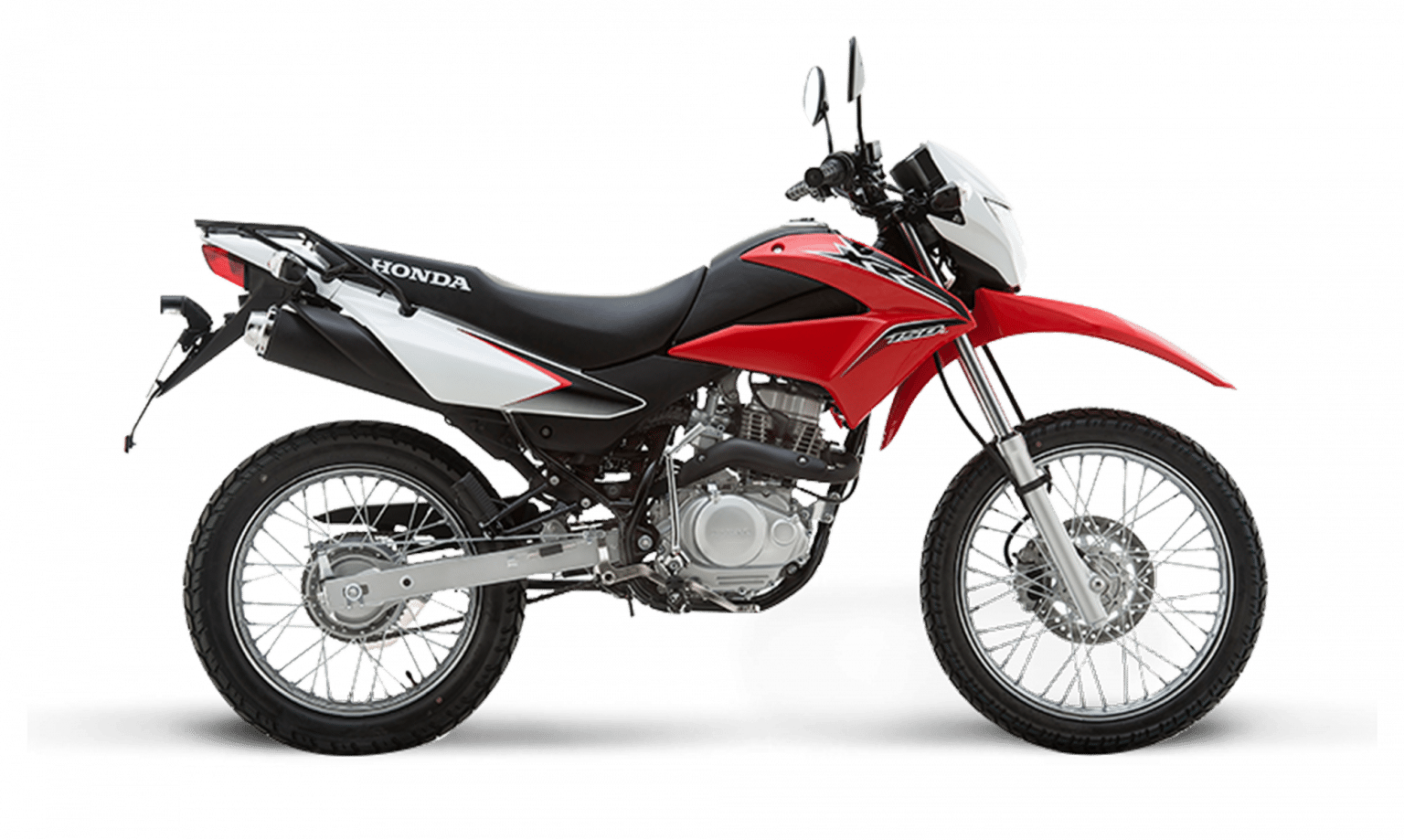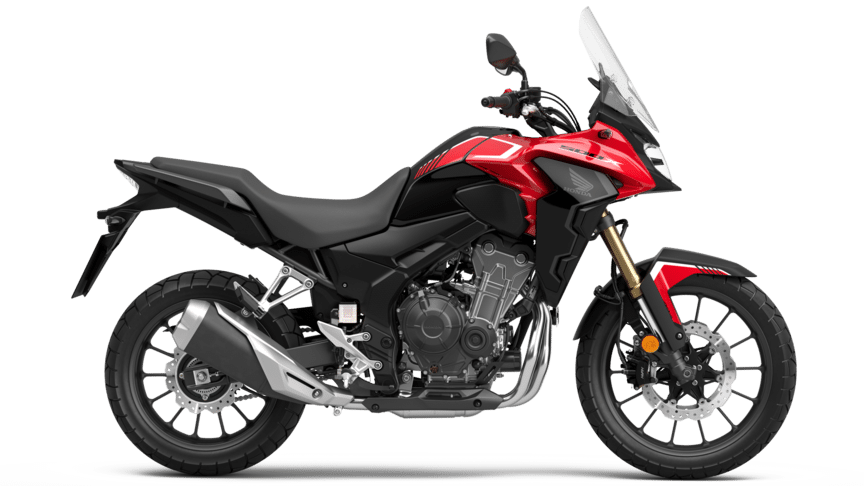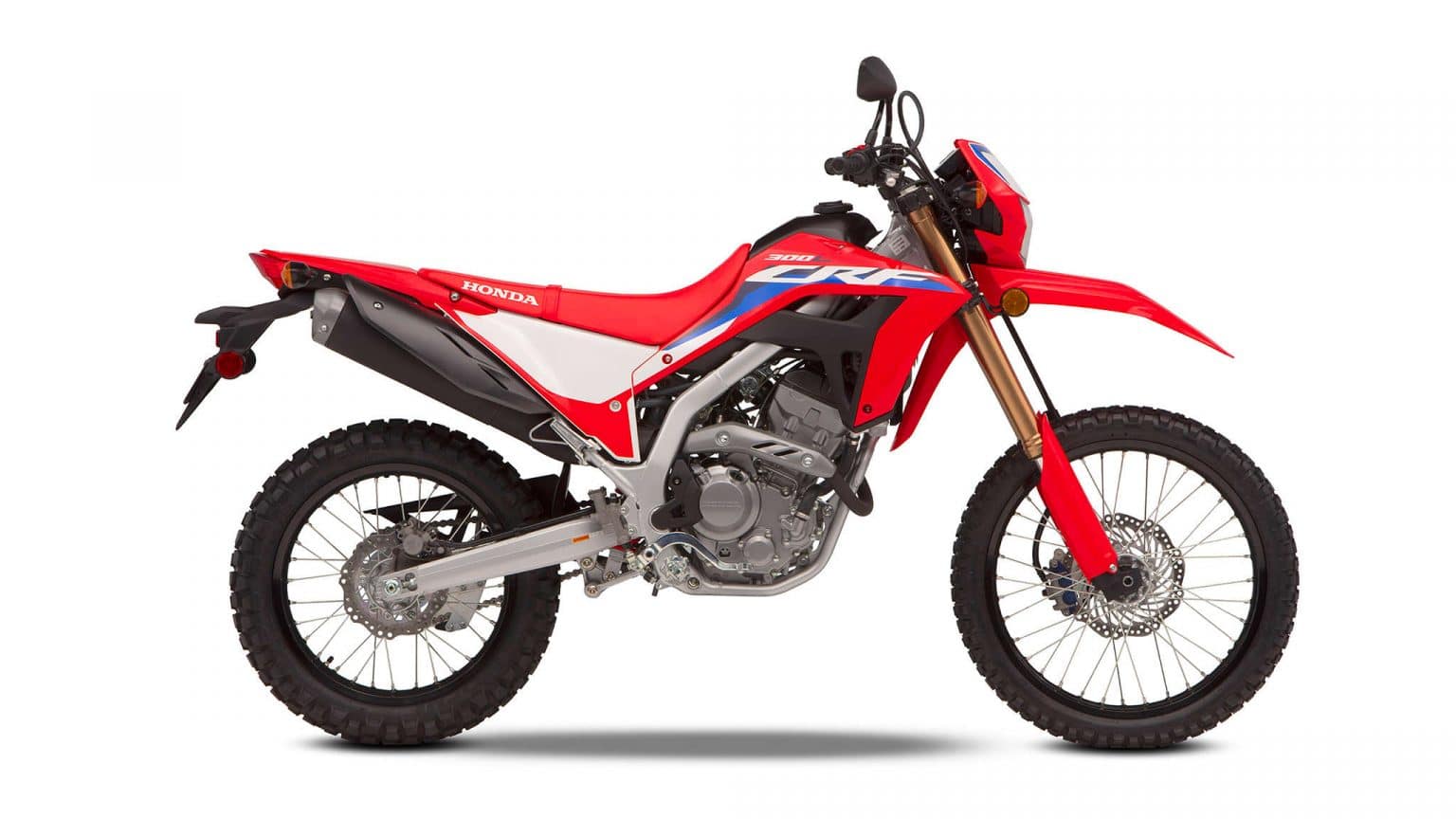They're Really Important!
A motorbike helmet is one of the most important considerations of all safety concerns, especially when you consider the current statistics stating that brain injury is one of the largest causes of motorcycle fatalities. Motorbike helmets are aimed at absorbing the impact of a collision on the brain in case of an accident. While we supply helmets to all our rental customers and on all tours, you may prefer, as many riders do, to get your own.
With this in mind, among the first things that one should be looking for is the material of the helmet. Lightweight, tough, crack-resistant fibers and grades of plastic. Impact resistance can be gauged from the shape and size of the helmets. It’s worth a few dollars more as long as you feel safe.
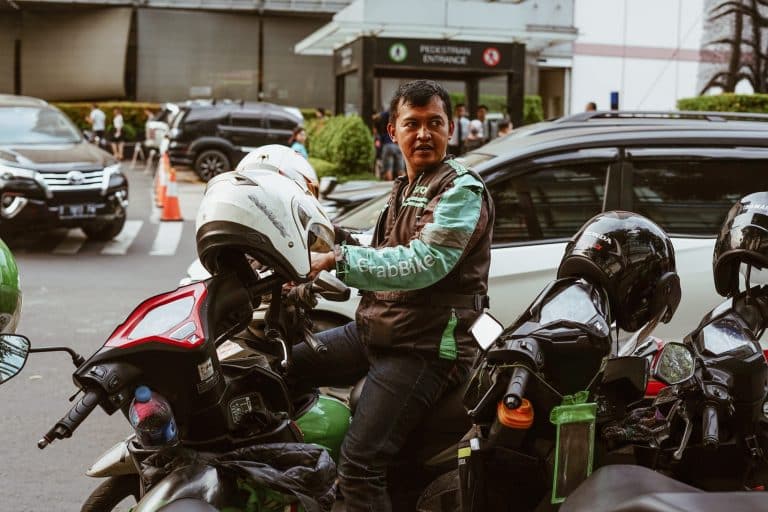
Types of Motorbike Helmets
An important thing to consider is comfort. A full-face helmet is the safest helmet and the best buy. Wear one that fits snugly. Choose one that you would take a liking to. Any helmet that you choose should feel soft at all points of contact on the skull. They come in different colors, designs and should invariably have DOT approval stickers at the rear.
Another kind of motorcycle helmet is the half-face one that is also good protection and at the same time offers a fuller view of the road, allowing the feel of unity with the road that one whizzes past. The visors that cover the face and protect the eyes from wind and dust should be tough, clear and scratch proof. All the inner linings and padding should be clean and finished properly. The inner material should be able to soak sweat and made of quality material so that it doesn’t stink.
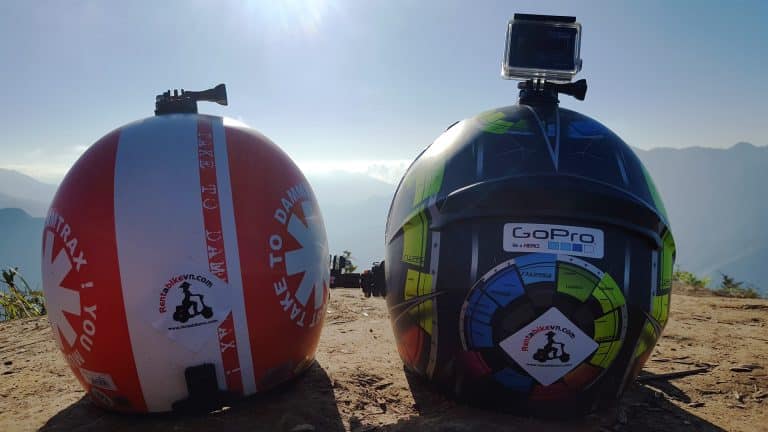
Protec Helmets: A Quality Design
At present, there are many helmets of an unknown origin. These helmets are not of high quality as they use soft foam to protect from the impact of an accident, thus making it even more dangerous for helmet wearers when accidents occur. Motorbike Helmets under the Protec trademark employ solid foam to protect those unfortunate enough to be involved in an accident. Materials for producing the foam of Protec helmets are imported from Europe so they are solid, light and convenient for use.
With its overwhelming advantage in quality and design, as well as its suitability with tropical climatic conditions, Motorbike helmets under the brand name of Protec of the Vietnam Safety Products and Equipment Company (VSPEC) have won the hearts of customers.
The locks of Protec helmets are made of plastic, which is better. Some helmets sold in the market have locks made of steel. This is very dangerous because these locks may stab into the neck when accidents occur. Protect has invested US$80,000 in building a laboratory to research and test the quality of Protec helmets so that all our helmets meet Vietnamese and international standards.
Helmet law and helmet quality in Vietnam
Since 2007, helmet wearing among motorbike riders and passengers became mandatory in Vietnam. All drivers and passengers on motorcycles from the age of six must wear a helmet properly face a fine. Following the regulation, helmet use among motorcycle riders and passengers improved significantly, from around 40% before the regulation to approximately 90% in 2010.
Evidence from many studies indicates that the death rate and incidence of lethal head injury have decreased. Besides, from four higher-quality studies, helmets were estimated to reduce the risk of death by 42% and from six higher-quality studies, helmets were estimated to reduce the risk of head injury by 69%.
In spite of the improvement in the helmet use, the quality of the motorbike helmet appears to be another issue. The Viet Nam Consumer Safety Association found that approximately 80% of the helmets on the market did not meet national standards. Motorbike riders tend to choose cheap, vanity helmets as a fashion statement while trying to cut costs.
A state-certified helmet costs on average $10, while counterfeits and helmet-like headgear cost only a fraction of that. Substandard helmets do little to protect the head in case of an impact in a crash. Yet, there is little the authorities can do since regulations on helmet standards are not yet included in the current helmet legislation.
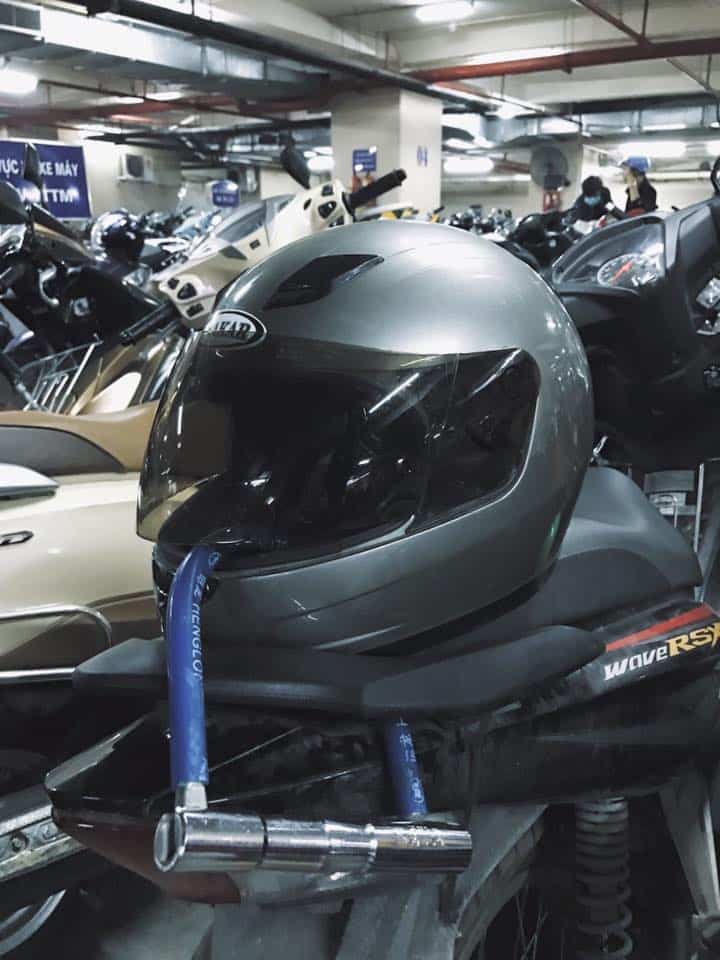
How Long Until You Need to Change Your Helmet?
A lot depends on the materials used inside the helmet, and the way you treat them. The older helmets used polycarbonate as base material inside and They were subject to ultraviolet light (UV) and deteriorated quite quickly. Nowadays, an anti-UV material is used to protect the helmets, but more importantly, helmets are mostly made out of fibers, which are highly resistant to UV light.
The inside of the motorbike helmet is made out of polystyrene which is a great material to reduce the impact. But the material reduces effectiveness over time. Research has shown that polystyrene loses 2% per year in its effectiveness due to simple evaporation. So in 5 years, you’ve lost 10% of your protection, and in 10 years, you’ve lost 20%.
If the helmet is used daily, it will deteriorate more quickly then if you leave your helmet in your cupboard for days on end. Not only is there a reduction in the protection, but also the mechanisms deteriorate due to wear & tear, like for flip-up helmets. Leaving your helmet on your motorcycle fuel tank as many people do, will reduce its effectiveness more quickly thanks to the fuel evaporation. The fuel vapors that evaporate attack the materials inside your helmet and the inside starts shrinking.
Cleaning your helmet is good, but if water gets inside the helmet (never ever use anything but water and soap to clean the outside), it will again reduce your protection effectiveness. If you can, get a helmet with a removable liner. That’s easier to wash. Applying a hairdryer to the inside is nice & easy to clean and dry the helmet, but any temperature over 140° F (60°C) will deteriorate the helmet.
Motorbike Helmet manufacturers used to state that you needed to change your helmet every five years. But if you treat your helmet carefully and with respect, you can always use your helmet for longer periods. Or if your head is precious to you, get a 2nd helmet and alternate. A 10% loss of protection is survivable, but 20% is not.
Some Tips for Looking After Your Helmet
- When not in use, place your helmet inside a dark and dry place (a cupboard for example)
- Never place your helmet on your fuel tank, preferably as far away as possible from the tank
- Clean the outside with water & soap, taking care that water does not enter the inside of the helmet
- If you drop your helmet hard on the floor, seriously consider replacing it
- Wearing a balaclava is a win-win. It keeps the helmet clean and makes it easy to get on and off.
Remember that all helmets are not equal. An expensive helmet is not necessarily better than a cheaper one.
How To Manage Helmet Hair
You can buy a cool looking bike and you can buy cool looking gear, but very little can save you from the widespread epidemic known as helmet hair. Here are a few tips to help keep your mane in check:
Consider Your Haircut
It seems crazy to modify your haircut simply because you ride a motorcycle. I haven’t gone this far, but I have considered buzzing my head a number of times and my hair has definitely gotten shorter as my seat time increased. A helmet-friendly haircut can have long sections that are easy to secure in place, as well as short sections (nothing to mess up), but the medium sections are where you’re going to run into problems. guaranteed.
Consider Your Hairstyle
Have a Mohawk? Plan on waiting to do your hair until you get to work. Sweep your bangs back Mad Men style? No problem, just make sure your hair is tucked in place when pulling the helmet on.
Pro Tip: Pull your helmet half way on, then reach through the face shield opening and sweep your bangs where you want them and then pull the helmet the rest of the way down, securing everything in place.
Wear a Head Sock or Knit Skullcap
If you absolutely must have a haircut that lends itself to turning into a bird’s nest every time you put on a helmet and you absolutely must have perfect looking hair when you arrive at your destination, consider a knit head sock. You can fix your hair underneath it before putting your helmet on and it should keep your hair relatively close to where you left it.
Wear a Modular Helmet
A modular motorbike helmet offers all of the protection of a full-face helmet but allows you to put it on like an open face helmet. Modular helmets have a surprising amount of space in them, allowing you to pull the two sides apart to increase the opening size of the hole you have to stick your head in.
Shave Your Head
Riding motorcycles is way cooler than having hair. If we all unite, we can make being bald look cool. No? It was worth a shot. If you do have a shaven head, you might consider wearing a balaclava. This will help you slip your helmet on and off easily. It also provides and extra layer of comfort: warm in Winter, cool in the Summer.
Quit Riding Motorcycles???
Just kidding.
All jokes aside, decreasing helmet hair is a real issue for those of you trying to commute to jobs that don’t involve writing about motorcycles all day. These tips to help you manage helmet hair should go far toward keeping you from looking like Carrot Top at your next morning meeting.
And for women who always look for the perfect hairstyle that offers them the best protection when riding a motorcycle, here are some useful hairstyles they can try:

